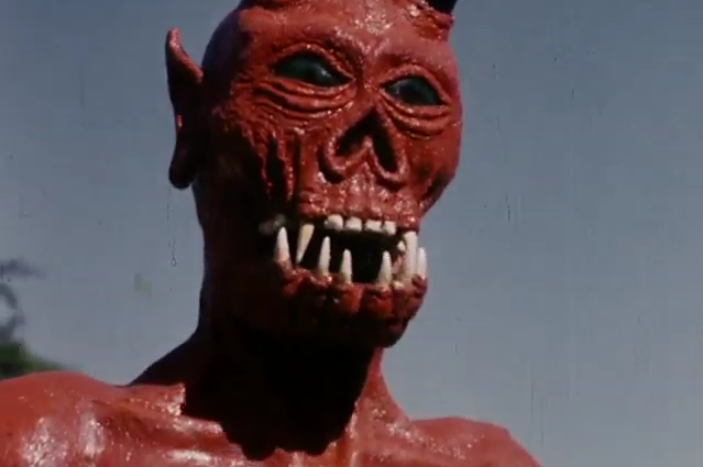
Although well-known in horror circles since their original publication, it took a long time for anyone to even take a crack at putting H.P. Lovecraft’s distinctly bizarre terrors on screen, and when they did, it was often subsumed by the aesthetics of more established horror—Roger Corman’s adaptation of “The Case of Charles Dexter Ward”, The Haunted Palace, even slapped Edgar Allan Poe’s oh-so-marketable name on the poster! Daniel Haller started out as the art director on Corman’s Poe series for AIP, and then went on to direct previous site subject Die, Monster, Die!, an adaptation of Lovecraft’s “The Colour Out of Space” that hues closely to the Gothic haunted house sensibilities of the Poe films. A few years later, Haller returned for another whack at a Lovecraft adaptation, one based on his 1928 novella “The Dunwich Horror”, and this time there may have been a more concerted effort to capture the particular supernatural atmosphere of a Lovecraft story, not simply plastering his ideas on top of typical witchcraft shenanigans and pagan robes—this is one of the first times the word “Necronomicon” was spoken in a movie (the actual first time was in…The Haunted Palace.) Even so, there’s a feeling in Haller’s Dunwich Horror of being something trapped between several competing styles—Lovecraft, some fleeting remnants of Corman’s Poe films, and a streak of late sixties psychedelia—producing a shambling, patchwork abomination not unlike the ones you find in The Dunwich Horror.




